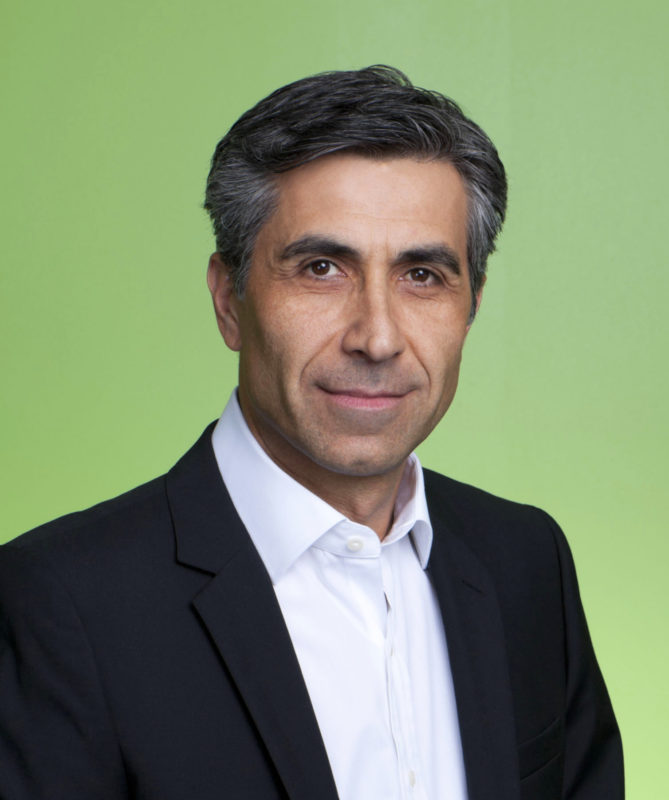Cut the bullshit about the death of big ideas and the demise of the creative director
In the ever-changing marketing landscape, one thing hasn’t changed, and that is the role of the creative director. They remain the guardians of the brand/consumer relationship and technology isn’t about to change that anytime soon, says Spinach’s Frank Morabito.
The role of the creative director in today’s ad agencies hasn’t fundamentally changed, nor should it. The people that believe it has don’t understand what the most important part of a creative director’s job actually is. A CD’s job is to define, build and protect the relationship between brand and consumer. That hasn’t changed and no amount of technology coming into our business is going to alter it.
Technology is undoubtedly playing a much bigger role in what we do and agencies now have the power to use it to continually optimise ads based on what’s performing best. That said, building a powerful brand story is more relevant today than it’s ever been. You can’t curate your way to a meaningful relationship unless you provide some direction first.
There’s a lot of bullshit going around about the death of big ideas and how consumers should be a part of the creative process. But the risk of engaging different voices with individual perspectives on a brand is that not much of it is any good. Each year a few isolated things make an impact but most goes unnoticed. This kind of criticism about advertising is, of course, nothing new. People have been saying it for generations. And it will continue to be said in the future when Creative Robots start generating random concepts like an abstract artist throwing buckets of paint on a canvas. One piece may turn out to be brilliant, but most will be shit. In today’s digital world, it’s important to remember great creative is a social catalyst. Great creative seeds ideas and the good ones bloom. A creative director’s role is to help generate the very best.



Too true. You can give me all the data and insight in the world, but if I give you a shit ad back it’s entirely wasted.